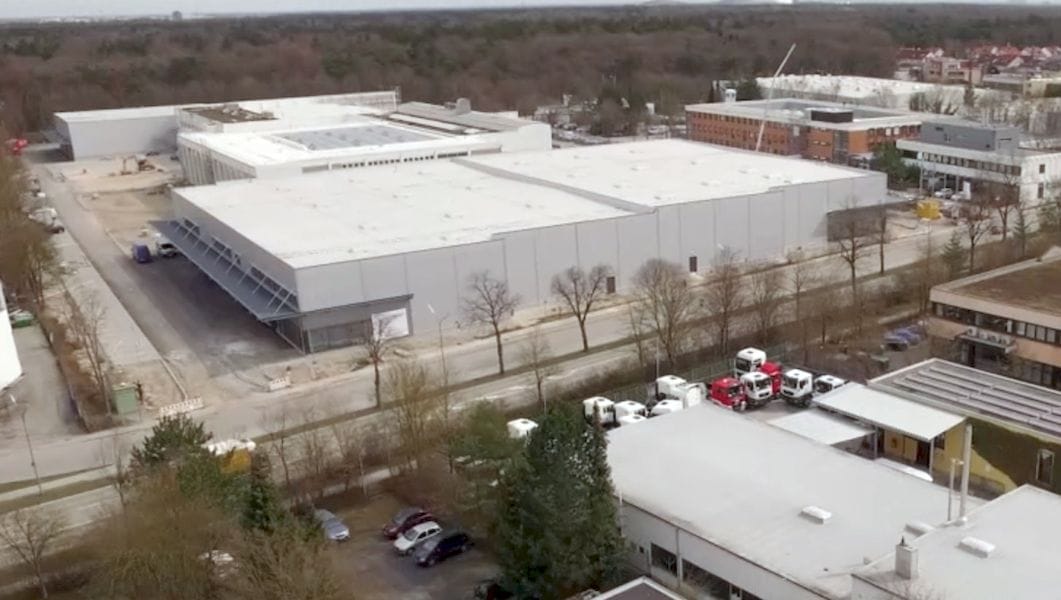
Across the world, we are now seeing the seeds of the future for 3D printing.
There’s an analogous situation that occurred some years ago, when Apple faced tremendous difficulties in presenting their products to the public.
At the time they knew they had great products, but for some reason the public did not comprehend the benefits and felt the products were somehow “alien”. Thus Apple was typically related to a small percentage of the market.
They correctly identified that their products were not being properly sold to potential clients, as they relied on resellers, like big box stores, to explain the benefits of the products to the public. However, the sales staff often had the same misconceptions about the product and passed them on to clients.
Apple’s solution was brilliant: bypass the misconceptions entirely by building their own network of stores in which the products could be sold directly to the public. But it really wasn’t about selling. It was about education.
These stores were effectively set up to educate the public on a new way of using devices, and provided a comfortable and safe way for potential customers to test out the equipment.
The rest, as they say, is history: Apple quickly grew to one of the largest companies in the world.
But the lesson here is that any radically new technology could significantly benefit by applying proper education to the potential users.
Is that happening in 3D printing? Yes indeed, it is, and in a widespread manner.
Many larger 3D printing organizations are setting an “Additive Manufacturing Campus”, or a “Customer Demonstration Center”, or a “User Experience Hub” or similar. They’re popping up all over.
They may be designed to address the needs of potential customers, or perhaps they could be targeting internal customers, workers within a company that might benefit from 3D printing. Regardless of the target, the business case and benefits are the same.
They may be organized as an educational facility, or they may instead appear as a kind of service bureau, concentrating expertise. But the goals are similar: benefit from more 3D printing.
The purpose of these facilities is essentially the same as the Apple Store: provide a comfortable place where potential clients can explore, learn, try and buy new technology products.
In 3D printing this is often a difficult goal, as the potential clients are typically busy companies with little immediate incentive to make changes to their operations or processes. That’s where these centers can break through that barrier and present the truth of 3D printing in ways that potential users can understand more easily and ultimately become clients.
If you have not considered 3D printing technology, then perhaps you should. And if so, a great place to start would be one of these centers of knowledge.
If you happen to be in a smaller company that cannot afford a gleaming 3D print center such as BMW’s, pictured at top, you might consider setting up an inexpensive makerspace-like facility in house where staff can explore the technology in a comfortable manner.
The end result of all this educational effort will be seen most prominently not immediately, but later, perhaps years later, when large numbers of people are then very familiar with what 3D printing can do. Then we’ll see an explosion of applications the likes of which no one today can predict.

